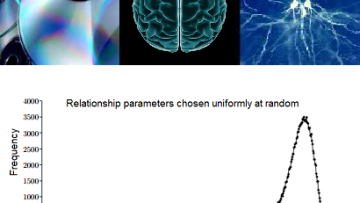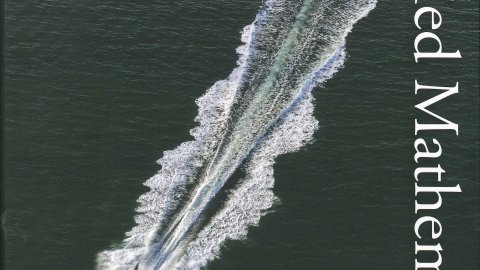How a complex dynamic network such as the human brain gives rise to consciousness has yet to be established by science. A popular view among many neuroscientists is that, through a variety of learning paradigms, the brain builds relationships and in the context of these relationships a brain state acquires meaning in the form of the relational content of the corresponding experience.



